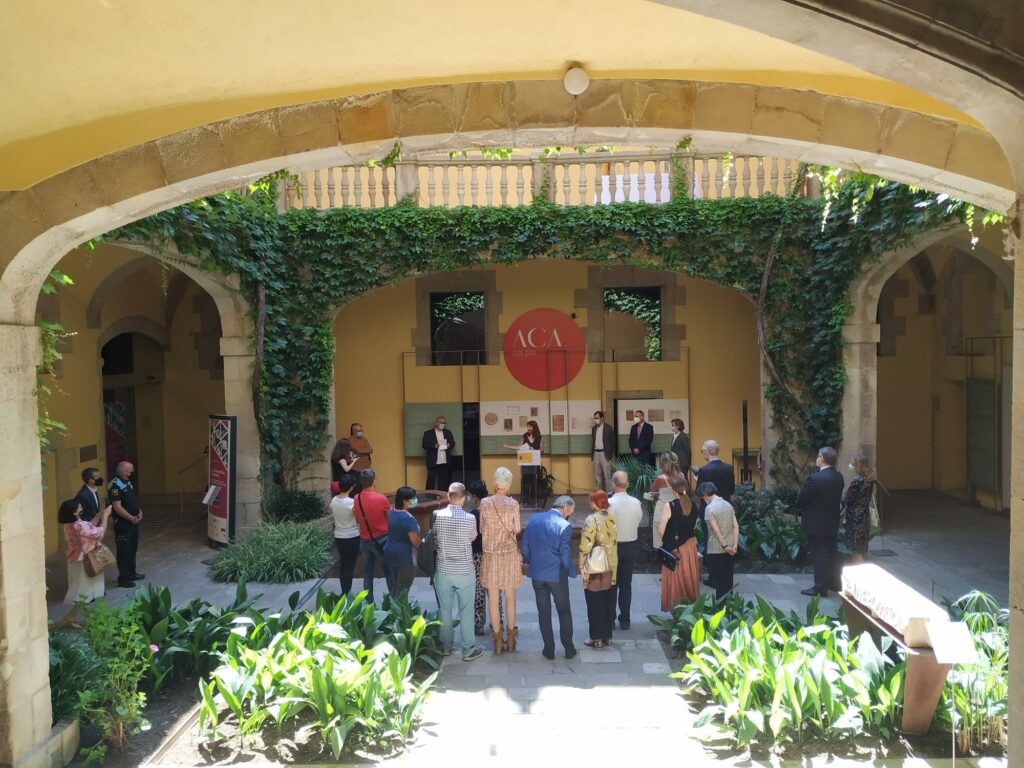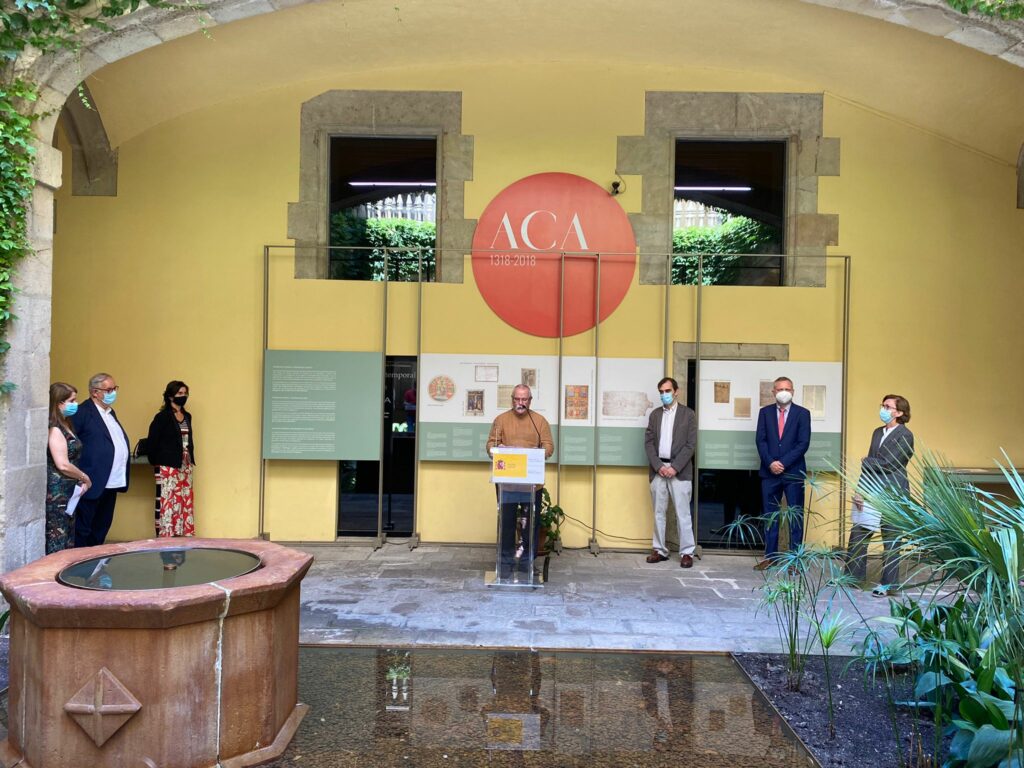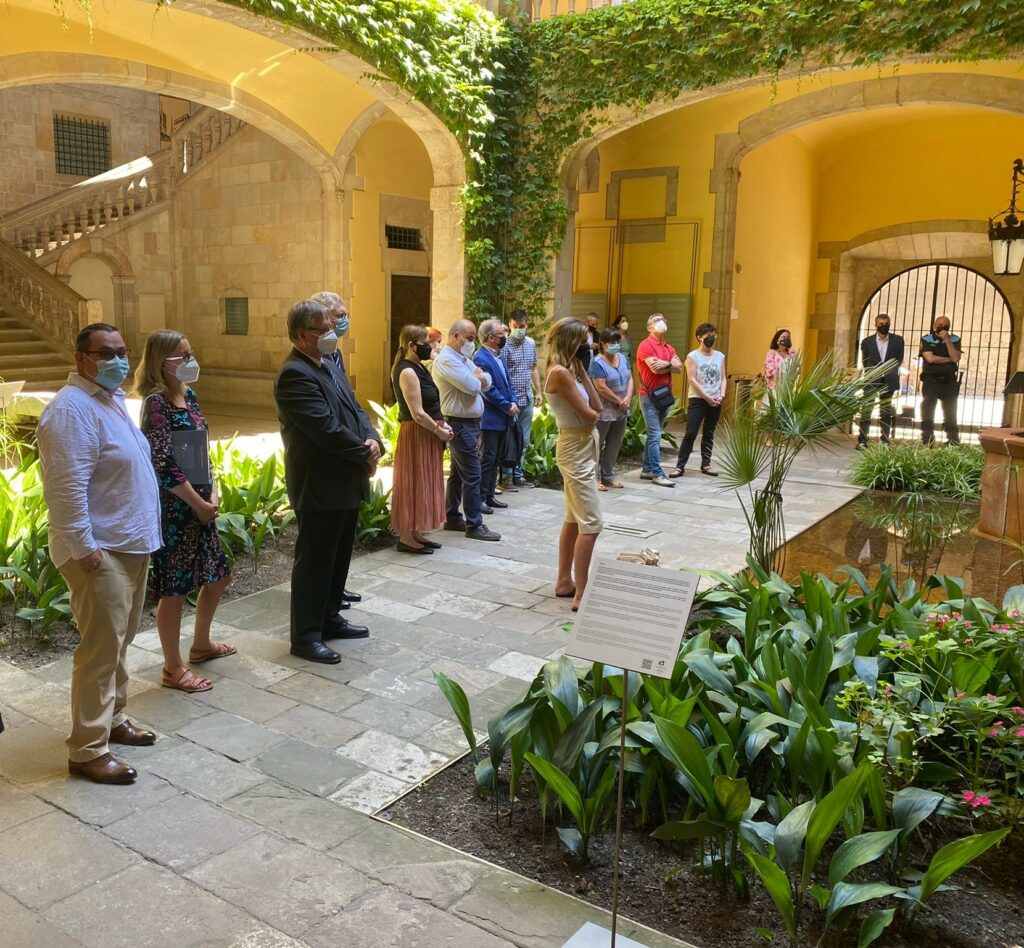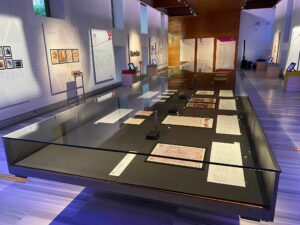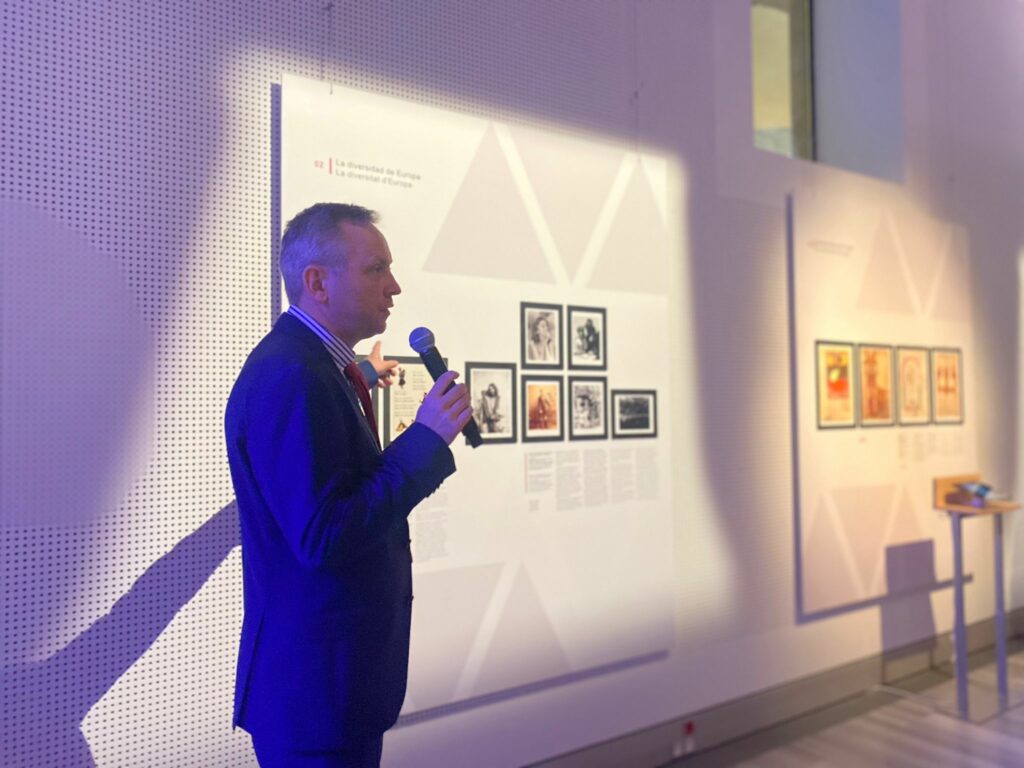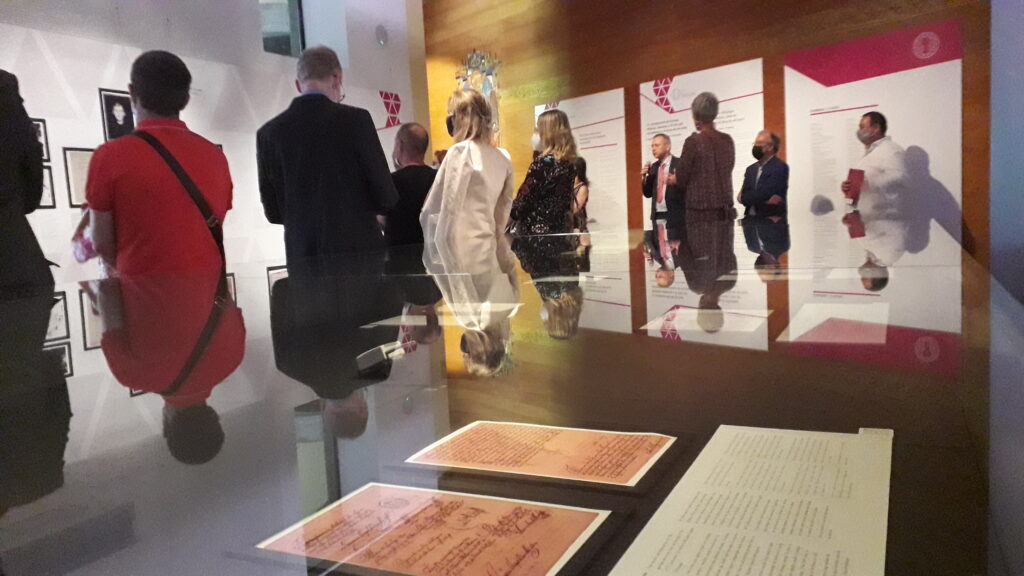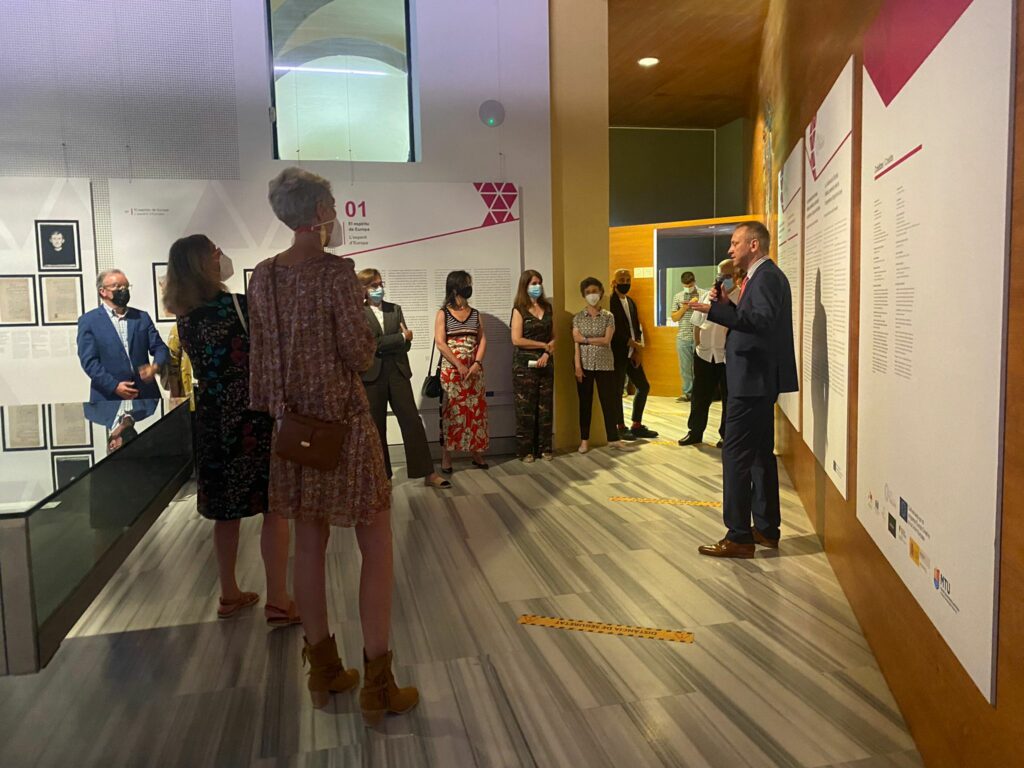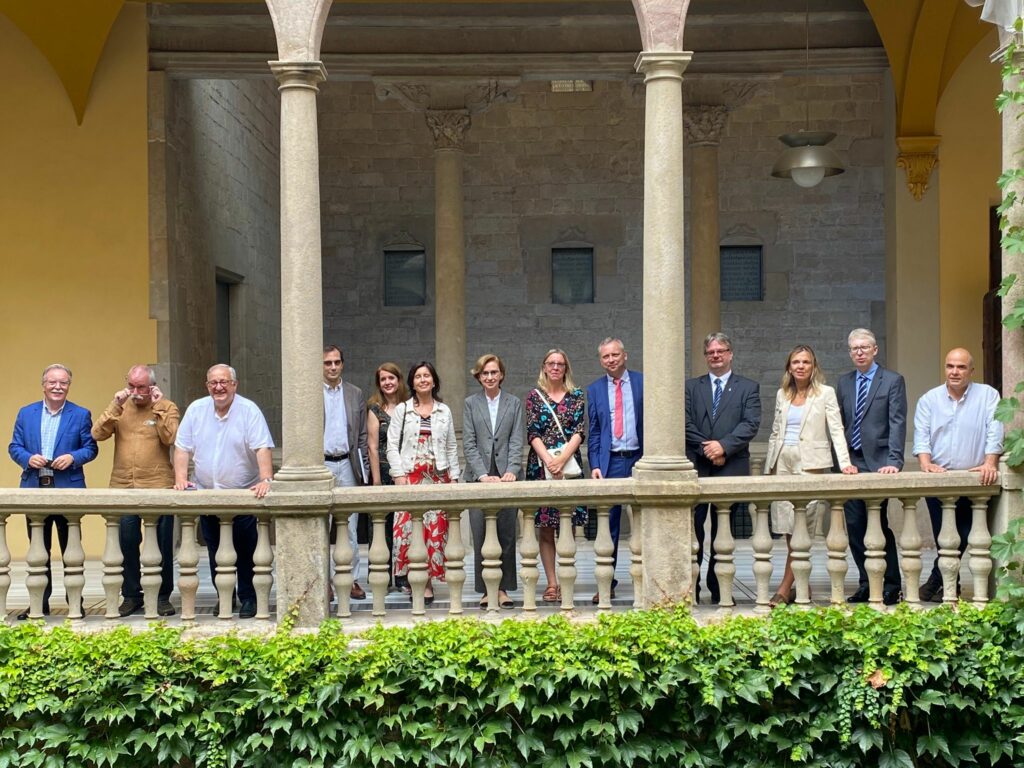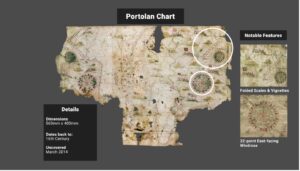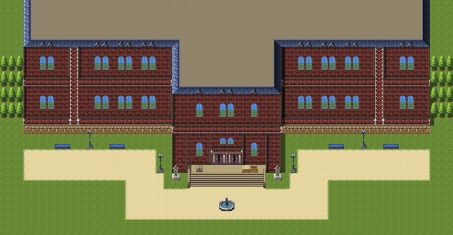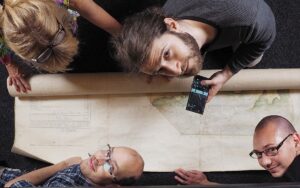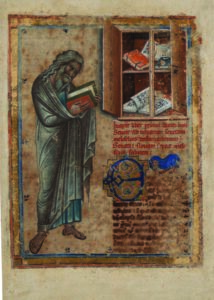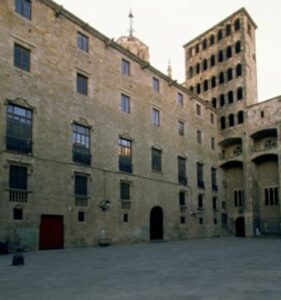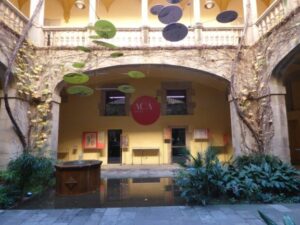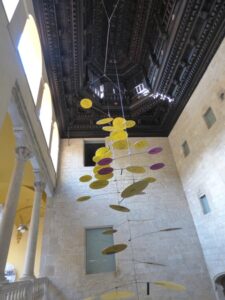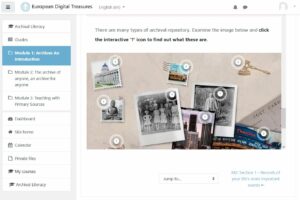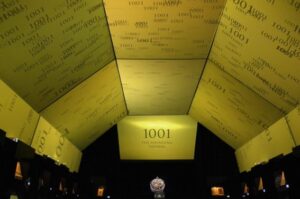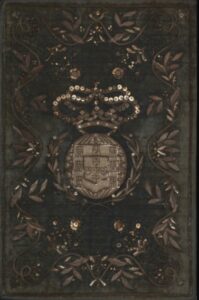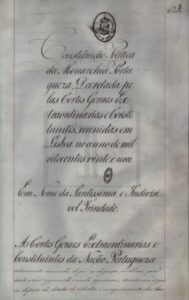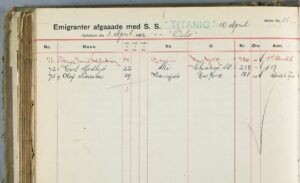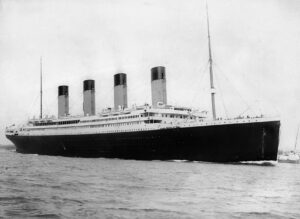The Charter of Law is included in the first exhibition of the European Digital Treasures project “The Construction of Europe” as one of the records representing the intellectual Heritage of Enlightenment.
Portugal was one of the pioneering countries with a law to abolish the Death Penalty for civil crimes. The law was approved by the Portuguese Parliament and published on July 1st, 1867.
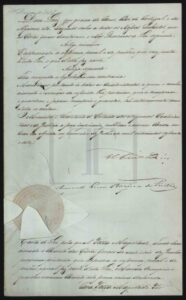
National Archive of Torre do Tombo.
How had this issue been discussed in the early times of European abolitionism in the 18th and 19th century?
It was a time when philosophers, jurists, poets, writers, publicists and some state rulers discussed and implemented, with advances and retreats, penal reforms with more efficient laws against criminality, but also more respectful for human dignity: cruel and corporal punishments, executions exuberantly carried out in public became less common.
Cesare Beccaria, a philosopher and jurist of Milan, published, in 1764, his famous and influential criminology essay “On Crimes and Punishments”. He proposed some of the first modern arguments against the Death Penalty. He was deeply opposed to the capital punishment, which was rare for a time where this sanction was an acceptable response for many crimes. He openly condemned the Death Penalty and argued: the state does not possess the right to take lives; the Death Penalty is a crime legitimated by law; capital punishment is neither a useful nor a necessary form of punishment.
In the mid of the 19th century, Europe saw a new wave of abolitionism. In 1848 the Death Penalty was abolished in San Marino, Freiburg and Neufchatel. In France, Victor Hugo launched a vigorous campaign which contributed to the abolition of the Death Penalty for political crimes in 1848.
Victor Hugo, the French novelist and a fervent abolitionist celebrated the pioneers of the abolition of the Death Penalty in Portugal as an achievement and hope for the European abolitionist movement.
He writes, on the 2nd July, 1867, to Eduardo Coelho, director of the newspaper ”Jornal de Notícias”:
(…). I congratulate your parliament, your thinkers, your writers and your philosophers! I congratulate your nation. Portugal gives the example to Europe. Enjoy this immense glory beforehand. Europe will follow Portugal. Death to death! War to war! Hate to hate! Hurray to life! Liberty is an immense city, of which we’re all citizens. I shake your hands as my compatriots of humanity.”
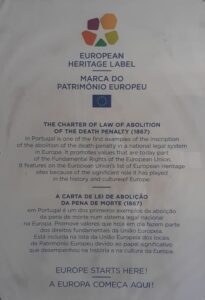
National Archive of Torre do Tombo.
As part of its commitment to defending Human Rights, the EU is the largest donor in the fight against Death Penalty worldwide. All EU countries have abolished the Death Penalty in line with the European Convention on Human Rights. All over the world the death penalty seems to decline. Although over 60% of the world’s population live in countries where the Death Penalty continues to exist.
As European citizens we also have the chance to look at this past as a springboard to the future of Human Rights in Europe and in the world.
As an important milestone in the promotion of European Values of Citizenship, with special focus on Human Rights, the Charter of Law was awarded the European Heritage Label, in 2015. The record is accessible in six EU languages.
Written by Maria Trindade Serralheiro, Senior Technician / Information, Statistics and Quality Systems, General Directorate of Books, Archives and Libraries, Portugal
Ana Isabel Fernandes (trad.), Senior Technician / Communication Office, Torre do Tombo National Archive, General Directorate of Books, Archives and Libraries, Portugal

